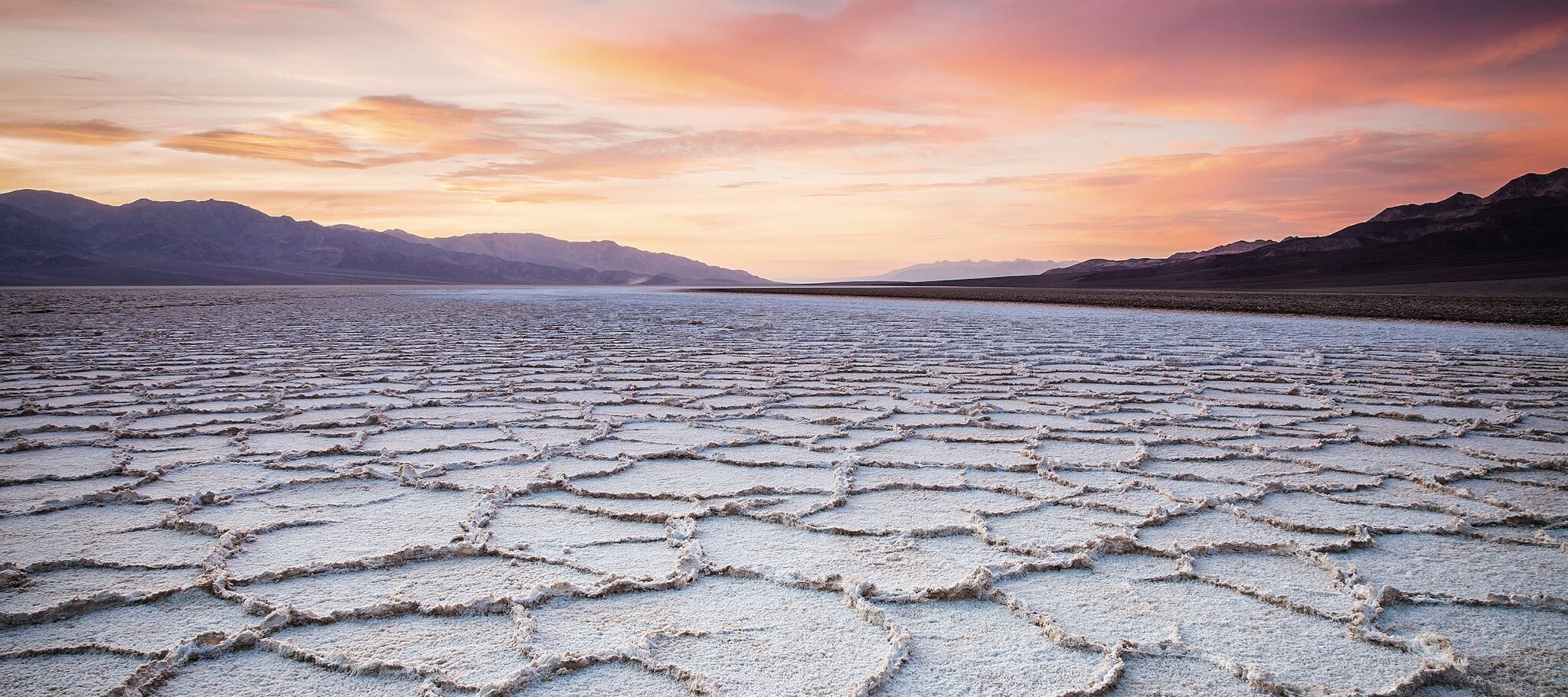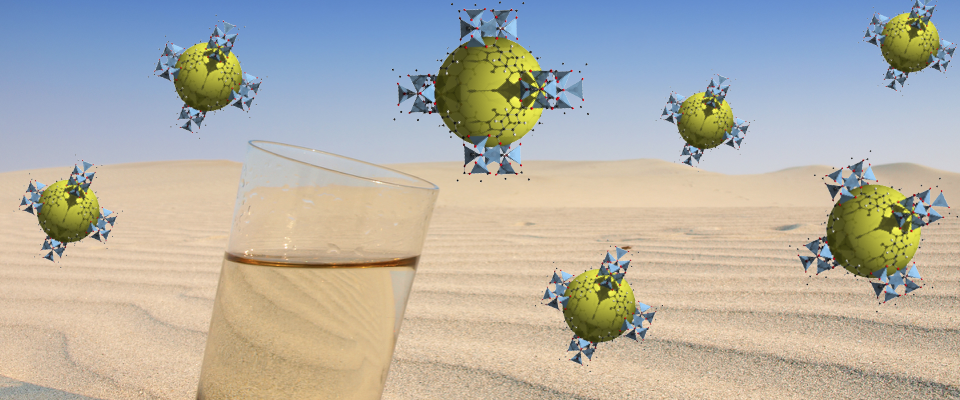Since 2014, Berkeley chemist Omar Yaghi and his team have been developing a system to harvest water from air, and their latest prototype has proven to be the most efficient yet. Even in Death Valley, the driest place in North America, and one of the hottest on Earth, the device released 210 grams of drinkable water per day for each kilogram of MOF, the water-absorbing material at the heart of the alchemical task. Short for metal-organic frameworks, MOFs are highly porous, crystalline structures that can be precisely designed to store vast quantities of a gas molecule, such as, well, water vapor. If the acronym is unfamiliar, that’s because the science behind it—reticular chemistry—is new, with the first MOF synthesized in 1995 by Yaghi himself.
Today, researchers have created more than 100,000 MOFs, with perhaps as many possible applications. Like carbon capture. Or targeted drug delivery. Even a handheld, solar-powered water harvester that can work in desert environments. “Hydrogen, carbon dioxide, and water are some of the smallest molecules in chemistry,” Yaghi said in a press release for the College of Computing, Data Science, and Society at Berkeley. “If we can find a way to capture them efficiently, in large quantities, then we will unlock the answers to the greatest problems facing our planet.”





















